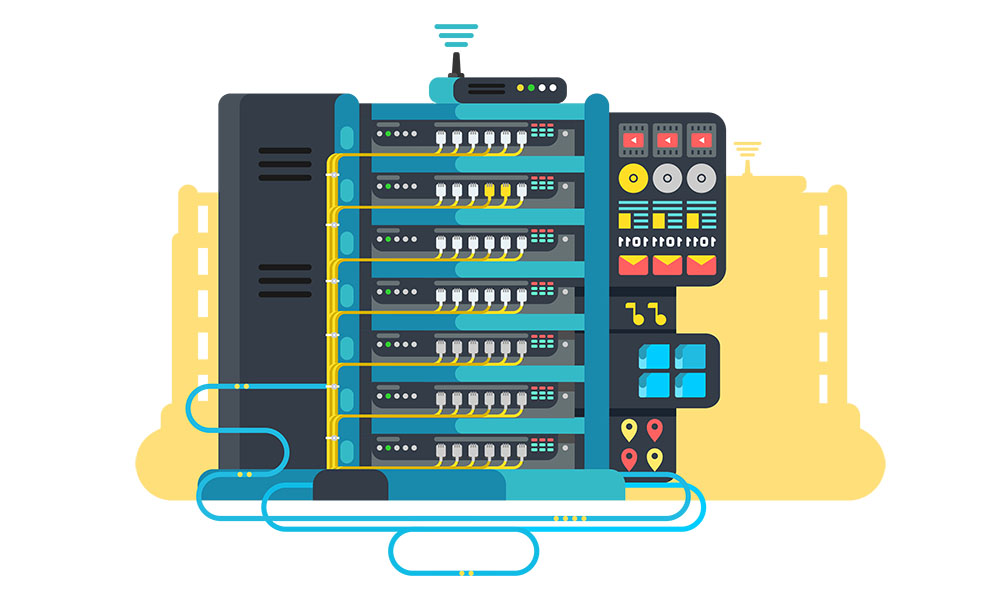Businesses must always keep in mind the importance of having effective and efficient systems in place to manage their storage. Possibly the most exciting new development in storage technology in recent years has been the arrival of NVMe – short for non-volatile memory express. Here’s what you need to know about it.
NVMe enables multiway communications between storage arrays and apps
Small Computer System Interface (better known as SCSI) was a major breakthrough back in its day, but its day was the late 1980s when shoulder pads were big, hard drive capacities were small and storage arrays as we now know they were, basically, non-existent.
Over the years, the idea behind SCSI has been updated and diversified, most pertinently to include Serial Attached SCSI (also known as SAS), which has long been the standard protocol for enterprise storage arrays.
These updates, however, were evolutionary rather than revolutionary and none of them addressed the key issue that has made SCSI increasingly frustrating as time has rolled by, namely the fact that it can only talk to one disk device at a time.
In other words, if modern digital traffic is indeed travelling on the information superhighway, SCSI is the infuriating junction where everything has to come to a stop. NVMe, by contrast, can talk to up to 64,000 disk drives at a time, meaning that the digital traffic can usually carry on at full speed.
NVMe was developed from the ground up with solid state memory in mind
NVMe doesn’t work on traditional hard drives. It was developed in recognition of the fact that solid-state memory (also known as flash memory) looks like it will be the way of the future, particularly when it comes to enterprise storage applications.
The simple fact of the matter is that, in principle, there are many compelling reasons to move both data and applications off local devices and into a cloud (be it public or private or a combination of both), but, in practice, this is only going to work on a large scale if users can access what they need as quickly as they could if it were stored on a local PC.
This means that until something better comes along, flash memory is the way to go.
NVMe and flash are designed for storage not archiving
For the sake of clarity, we should point out that flash memory was designed as “hot storage”; in other words, it’s the place to put something you plan to use on a regular basis and want to keep close to hand.
It is not, currently at least, a recommended medium for archiving, namely the long-term storage of data, which you are unlikely to need regularly but wish to have preserved intact in case you need it at some point in the future.
An enterprise-level technology
Enterprises need software and hardware solutions that are unrivalled in speed, reliability and accuracy, and NVMe is suited to this level of service. If you need your performance to be unparalleled, this is an option to seriously consider.

